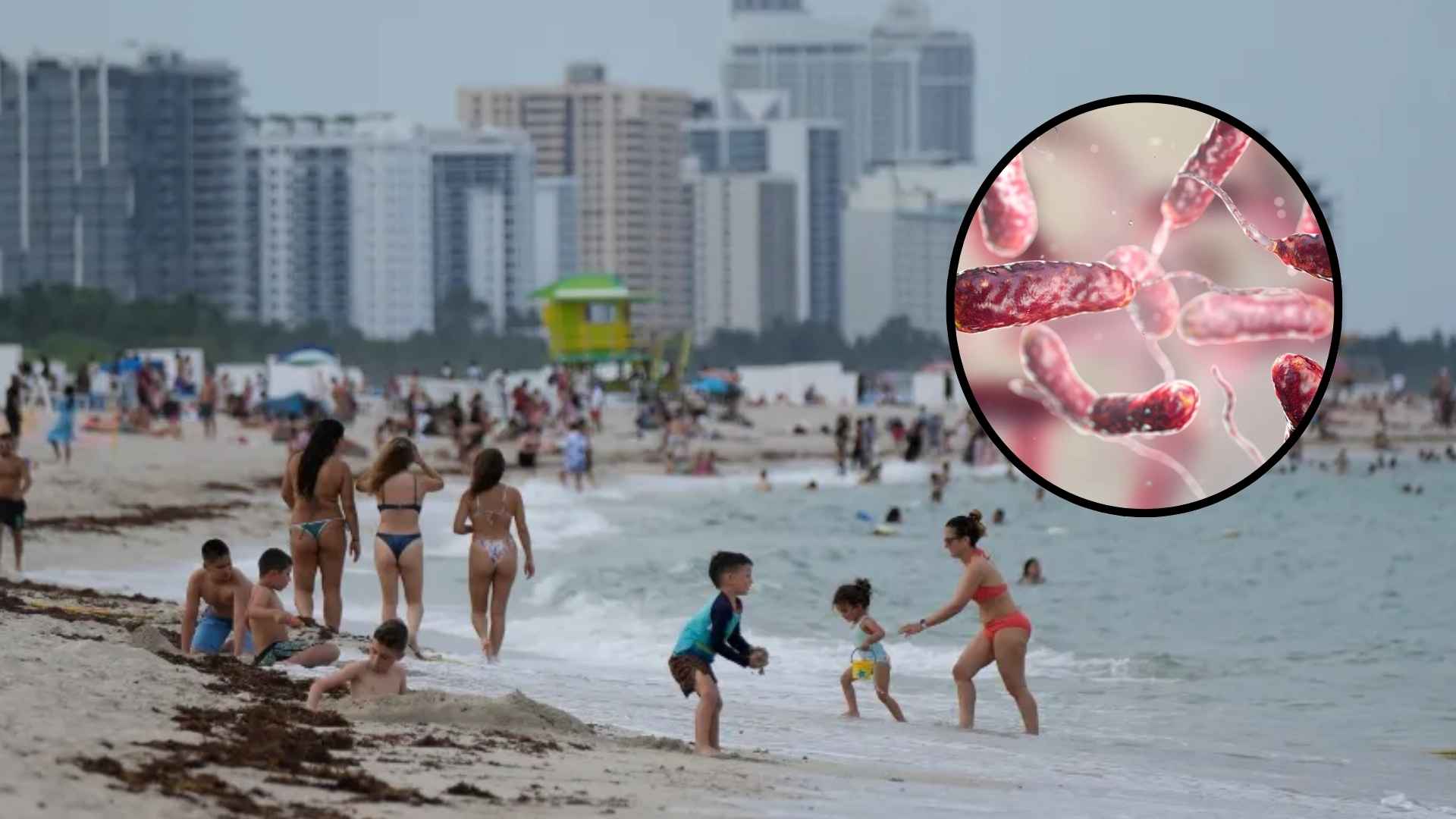Health officials warn swimmers and seafood lovers as Vibrio vulnificus infections rise along warm Gulf waters.
Florida’s Department of Health has confirmed 11 Vibrio vulnificus cases this year, four of them fatal. The rare but aggressive bacterium, nicknamed the “flesh‑eating” bug, thrives in brackish summer waters and can enter the body through tiny cuts or raw oyster dinners. Residents and tourists are being urged to stay vigilant, especially those with weakened immune systems.
What is Vibrio vulnificus and how does it infect coastal swimmers?
Vibrio vulnificus flourishes in low‑salinity, warm environments common to Florida’s estuaries. According to the Centers for Disease Control and Prevention, infection typically starts when an open wound meets contaminated water or when someone eats raw, infected seafood. Symptoms—fever, severe pain, redness, oozing wounds—can escalate quickly to necrotizing fasciitis or even septicemia. Scary, right? So, who is most at risk?
Florida health officials urge caution after four deaths linked to bacteria
People with diabetes, liver disease, or other conditions that dampen the immune response face the greatest danger. In 2024, officials logged 82 cases and 19 deaths statewide; this summer’s count is lower but the fatality rate remains high. The table below compares recent totals:
| Year | Confirmed cases | Deaths |
|---|---|---|
| 2024 | 82 | 19 |
| 2025* | 11 | 4 |
2025 figures reflect data through July.
Consequently, county health departments have stepped up beach advisories, posted wound‑care reminders at boat ramps, and partnered with oyster bars to display warning placards. “If you see a sign, take it seriously,” stresses Dr. Marisol Vega, Florida’s deputy state health officer.
Steps residents and tourists should take to reduce Vibrio vulnificus risk now
Before you head to the shore, ask yourself: is that scrape on your ankle fully healed? Authorities recommend these simple precautions:
- Cover cuts with waterproof bandages before entering coastal or brackish water.
- Skip raw oysters; cook seafood to at least 145 °F.
- Wear protective gloves when handling fish or shrimp.
- Rinse and disinfect gear and wounds immediately after contact with salt or brackish water.
- Seek medical help at the first sign of infection—hours matter.
After all, a fun day on the gulf shouldn’t end in the ER.

